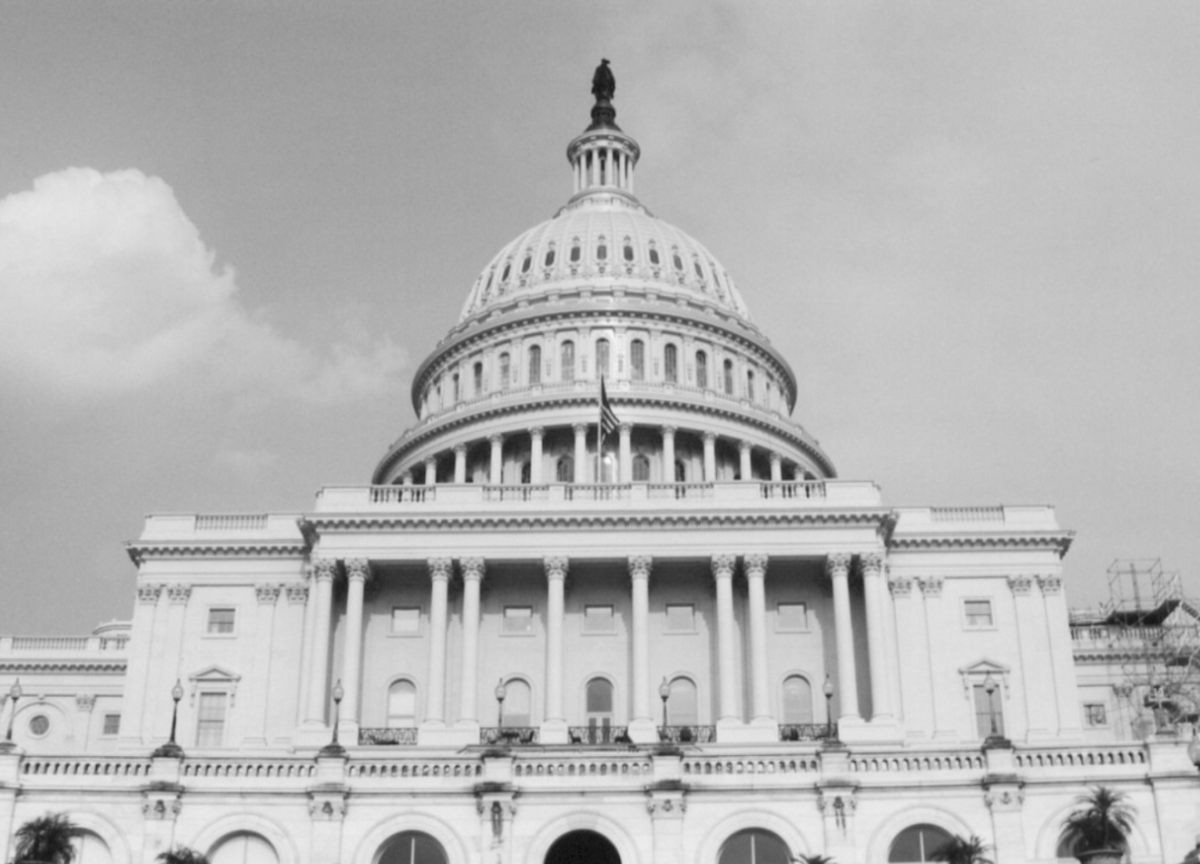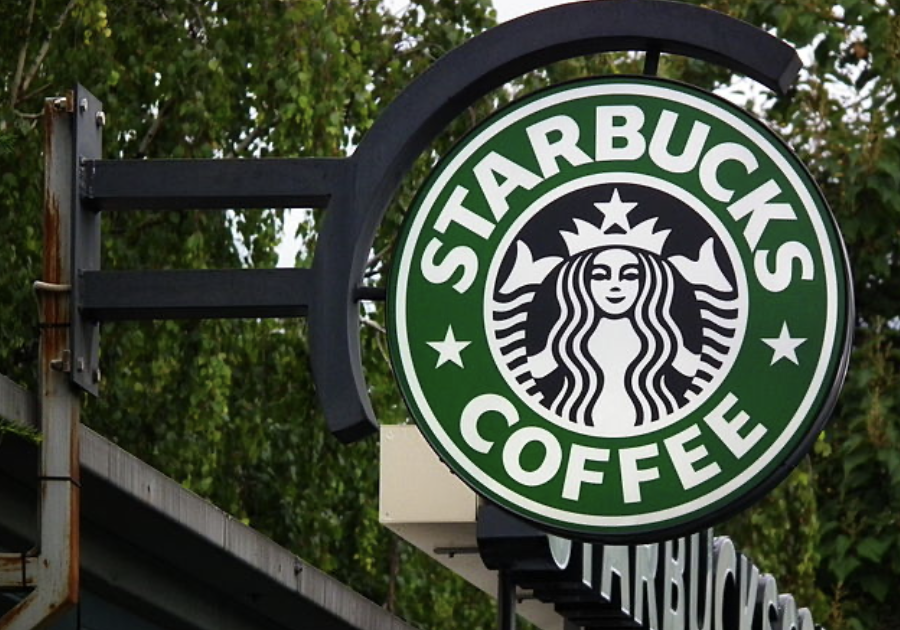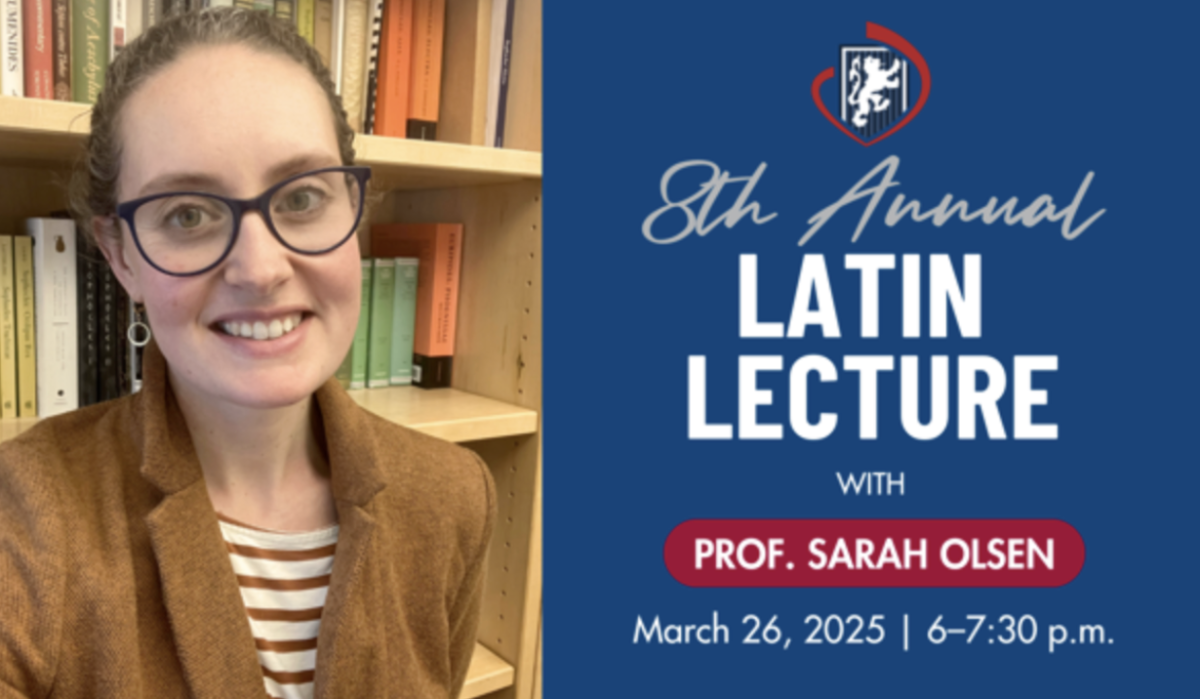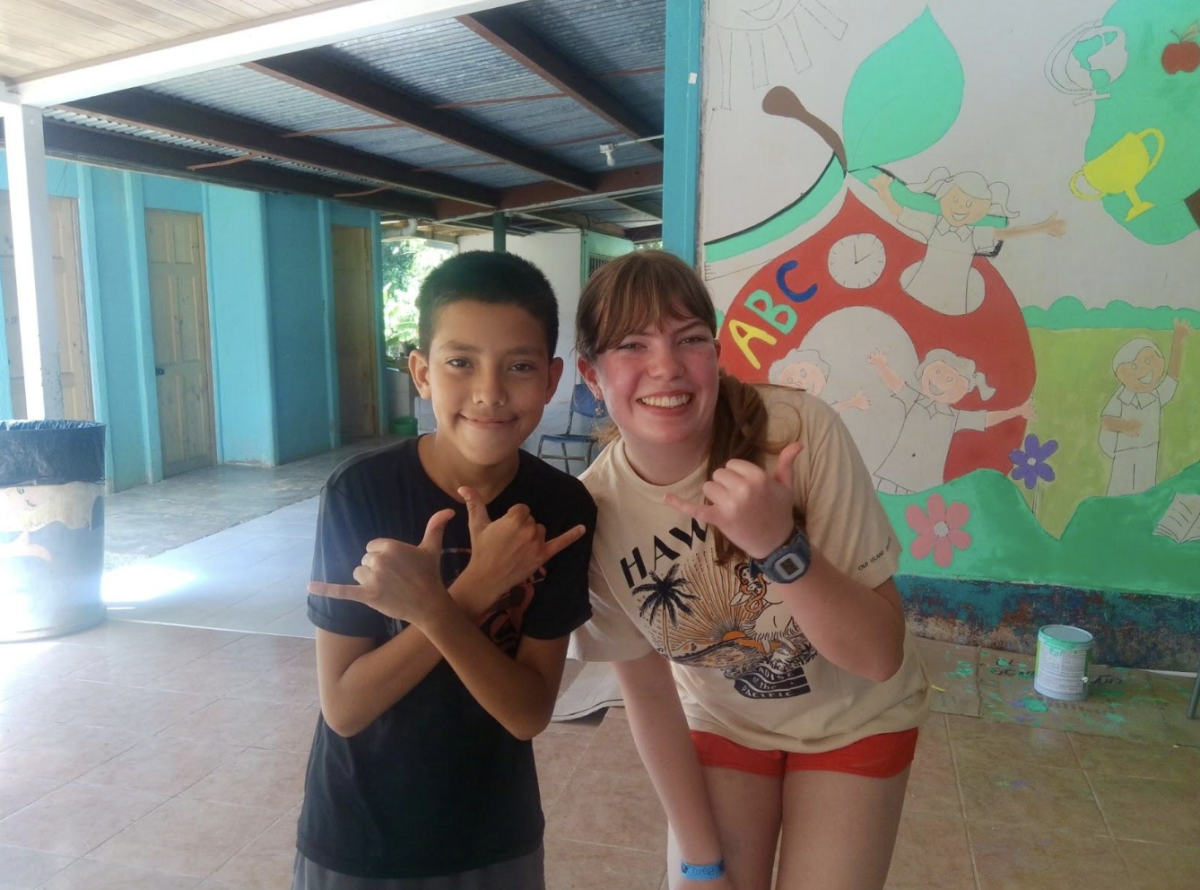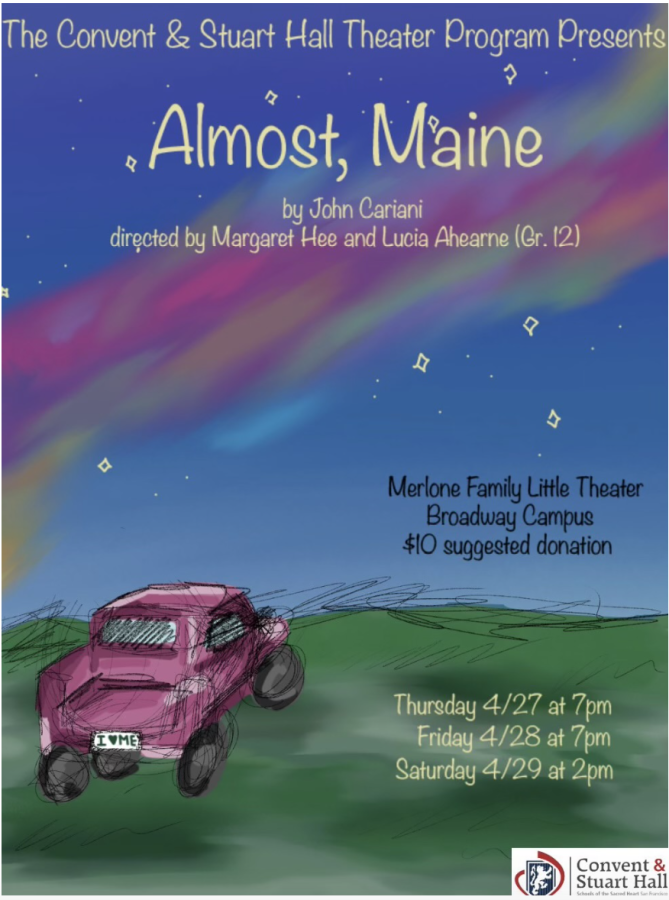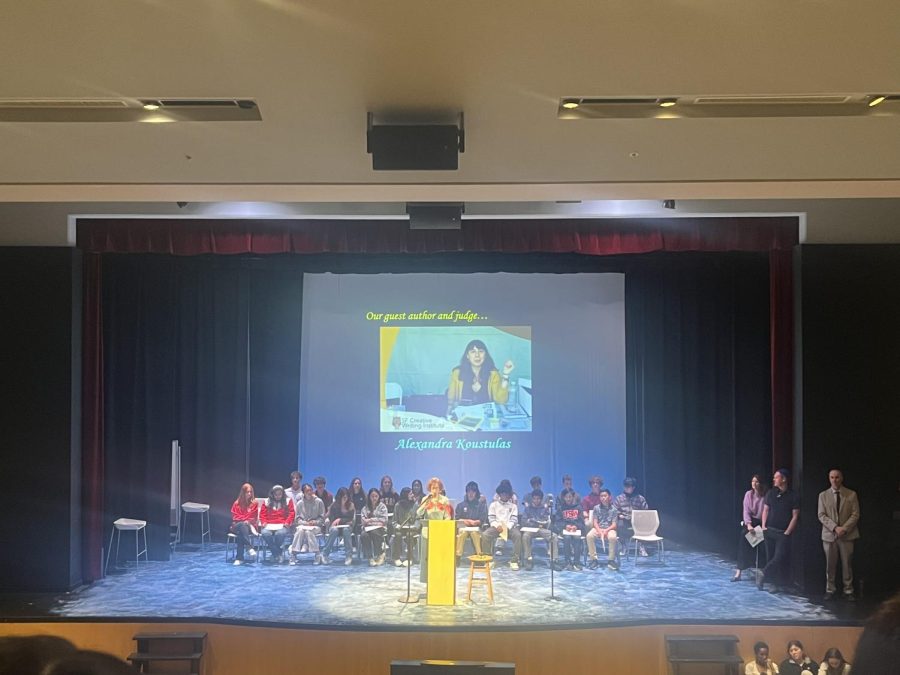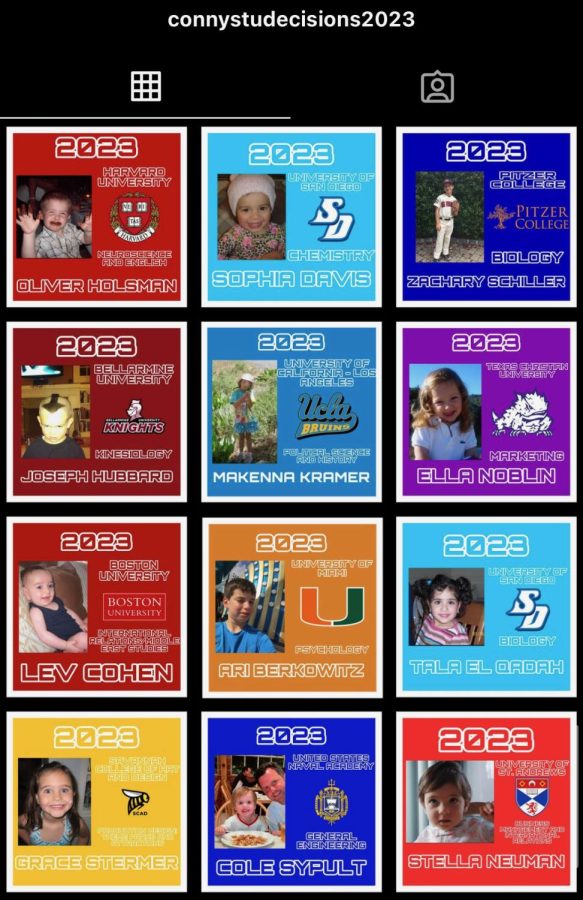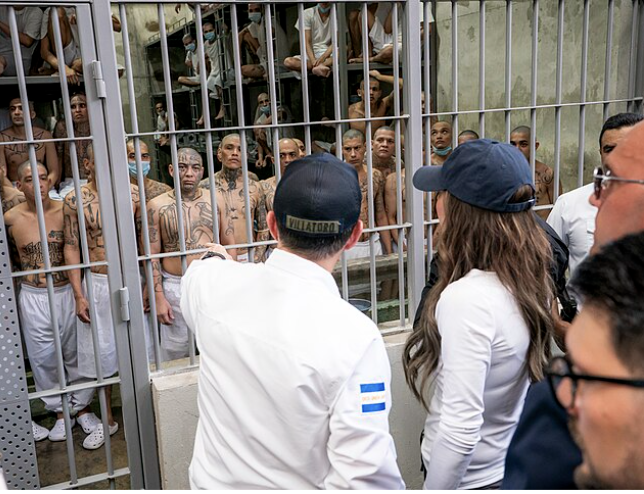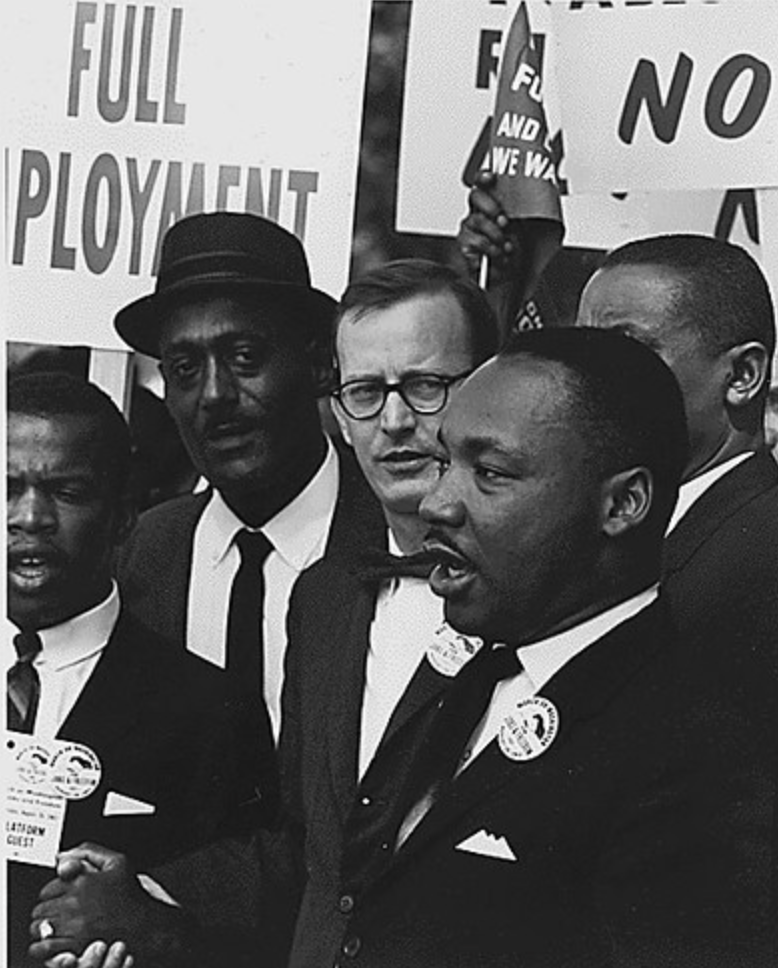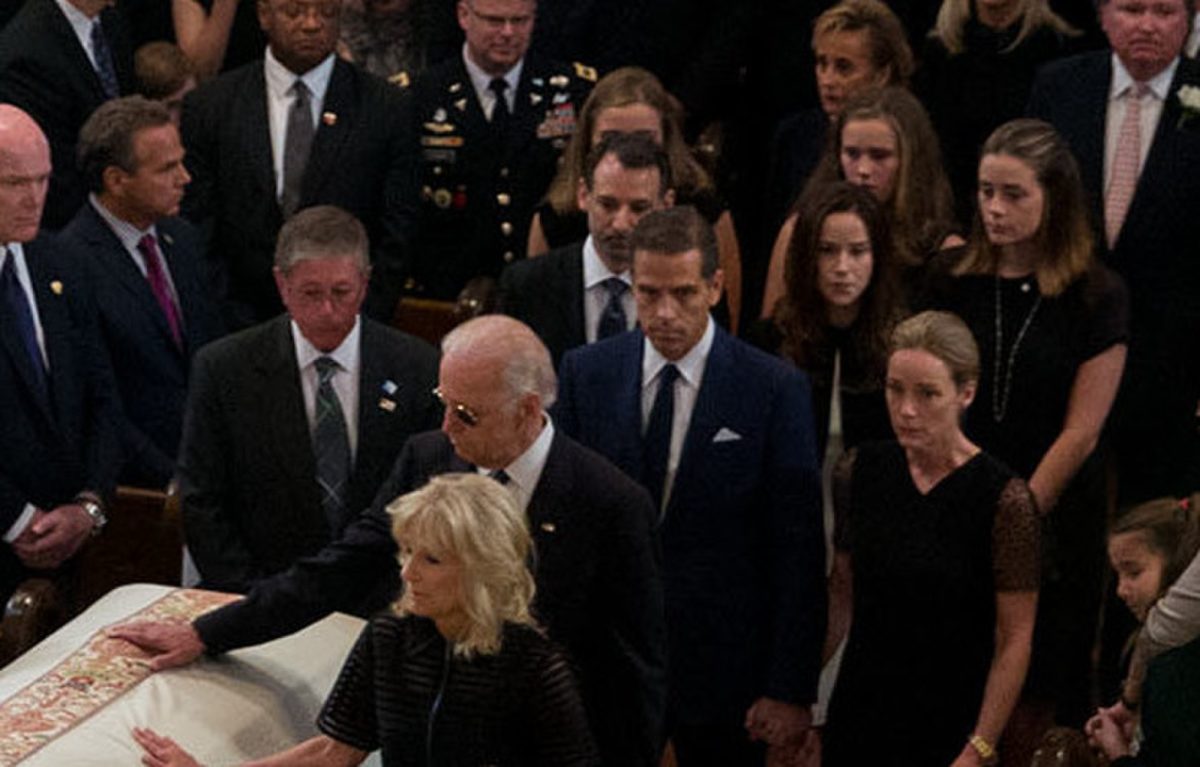Aoife Devereux
Website Editor
Northern Californians were reminded of the danger of living on a seismic fault and the need for emergency preparedness when a 6.0 magnitude earthquake shook the Napa Valley Region on Aug. 24, marking the largest seismic activity in California since the Loma Prieta quake in 1989.
Earthquake preparedness is riddled with misconceptions; getting out of bed during an earthquake is not a safe option, standing in a doorway does not offer protection from falling debris, nor does exiting a shaking building.
“I was taught that during an earthquake I should stand under a doorway, but I now know that standing under a door is a commonly mistaken belief,” senior Allison Watts said. “My time at Convent has taught me earthquake preparedness do’s and don’ts through annual earthquake drills.”
A preplanned strategy is central to security for those living within an earthquake country, whether it is a safety procedure, family communication plan, alternative evacuation routes or an earthquake preparedness kit.
“My family’s first priority is to get shoes, get the first aid kit, and get out of the house,” senior Siobhan Lewkowitz said. “Our first aid kit has canned food, mini propane tanks, can openers, and two to three 5-gallon water jugs.”
 Forming a family disaster plan may entail identifying safe spots, acting on the common phrase “drop and cover” and learning how to protect oneself. Statistics show only 40 percent of Californians have assembled family disaster plans, according to a University of California Los Angeles California Earthquake Preparedness Survey.
Forming a family disaster plan may entail identifying safe spots, acting on the common phrase “drop and cover” and learning how to protect oneself. Statistics show only 40 percent of Californians have assembled family disaster plans, according to a University of California Los Angeles California Earthquake Preparedness Survey.
“For a family, the number one thing to think about is what is everyone doing on an average day,” Jason Ballmann Southern California Earthquake Center Communication Specialist said. “Families need to learn how to perform drop, cover and hold on, and then they need to think about what their communication plan is going to be and how to stay connected.”
Communication after an earthquake is especially important for minors separated from their parents, but cell phone calls may be disrupted due to the magnitude of incoming cellular signals. Texting has a higher chance of connecting to a cellular tower and saves battery life when competing for reception.
“We recommend to text first and talk second,” Ballmann said. “You can send hundreds of text messages in the same bandwidth as a one minute phone call. Likewise, cell phone towers might go down, some phone lines can go down for landline phones and in a major earthquake’s aftermath there might not be connection at an electronic level.”
Disaster kits should be stocked with water, non-perishable food, flashlight with batteries, first aid kit, whistle to signal for help, can openers, and cell phones, according to the Federal Emergency Management Agency.
“People should consider what kind of medication they should have in their kit,” Ballmann said. “They should have copies of important financial documents, which could be a copy of a family’s home insurance policy and social security numbers.”
Over 80 percent of California households have flashlights, first-aid kits and batteries but only 40 percent of Californians keep the recommended minimum of water storage, according to the California Seismic Safety Commission.
“Water is the most important aspect of a kit,” Ballmann said. “The rule that we recommend is one gallon per person per day for two weeks. If you do the math that is 14 gallons of water, and that is just a minimum recommendation.”
Californians will drop, cover and hold on while participating in the Great California ShakeOut on Oct.16 at 10:16 a.m. Some people expand their drill to align with their organization or needs they have outside the aspects of a drill, according to Ballmann.
“At the basic level the Great California ShakeOut asks people to practice drop cover and hold on for one minute,” Ballmann said. “The goal of this drill is to prepare people for the next big earthquake. We are hoping for more than 10 million participants. Every year more and more people are getting prepared for earthquakes, and our drills are starting to reach beyond California.”
Convent and Stuart Hall do two earthquake drills a year, the first drill is on Oct. 16 and the second drill will be conducted on March 25, according to Geoff De Santis Plant Operations Director.
“Convent and Stuart Hall have participated in The Great California ShakeOut every year for the past three years, and will do so again this year on Oct. 16,” De Santis said.
There is room for improvement even for Californians who are prepared with resources like earthquake kits, safety strategies, and communication plans, according to Ballmann.
“Modern families are not as prepared for the next big earthquake as we would like, but much more prepared than in the past,” Ballmann said. “The South Napa earthquake forces us to look at these situations and see how we are going to favor. There are steps that people should take, and the steps to earthquake safety is a good place to start.”





